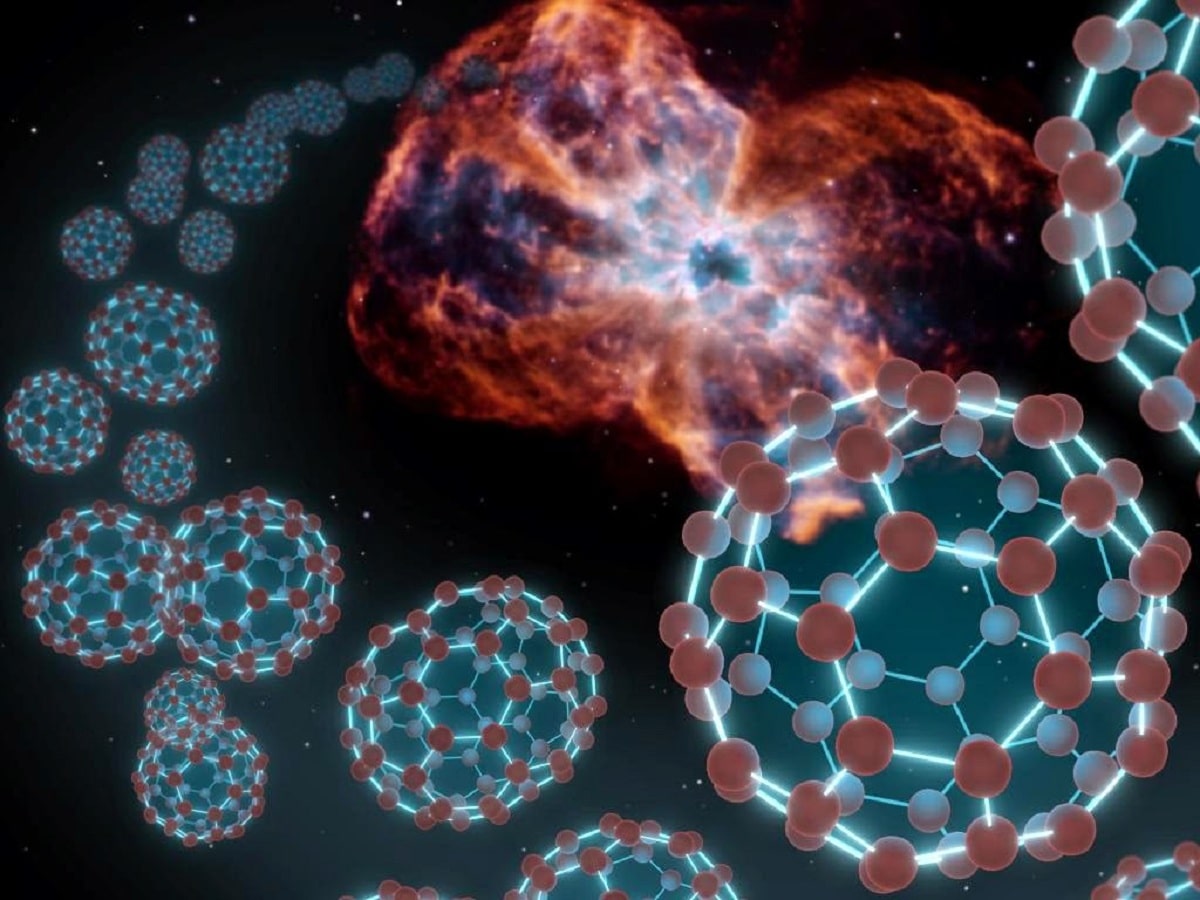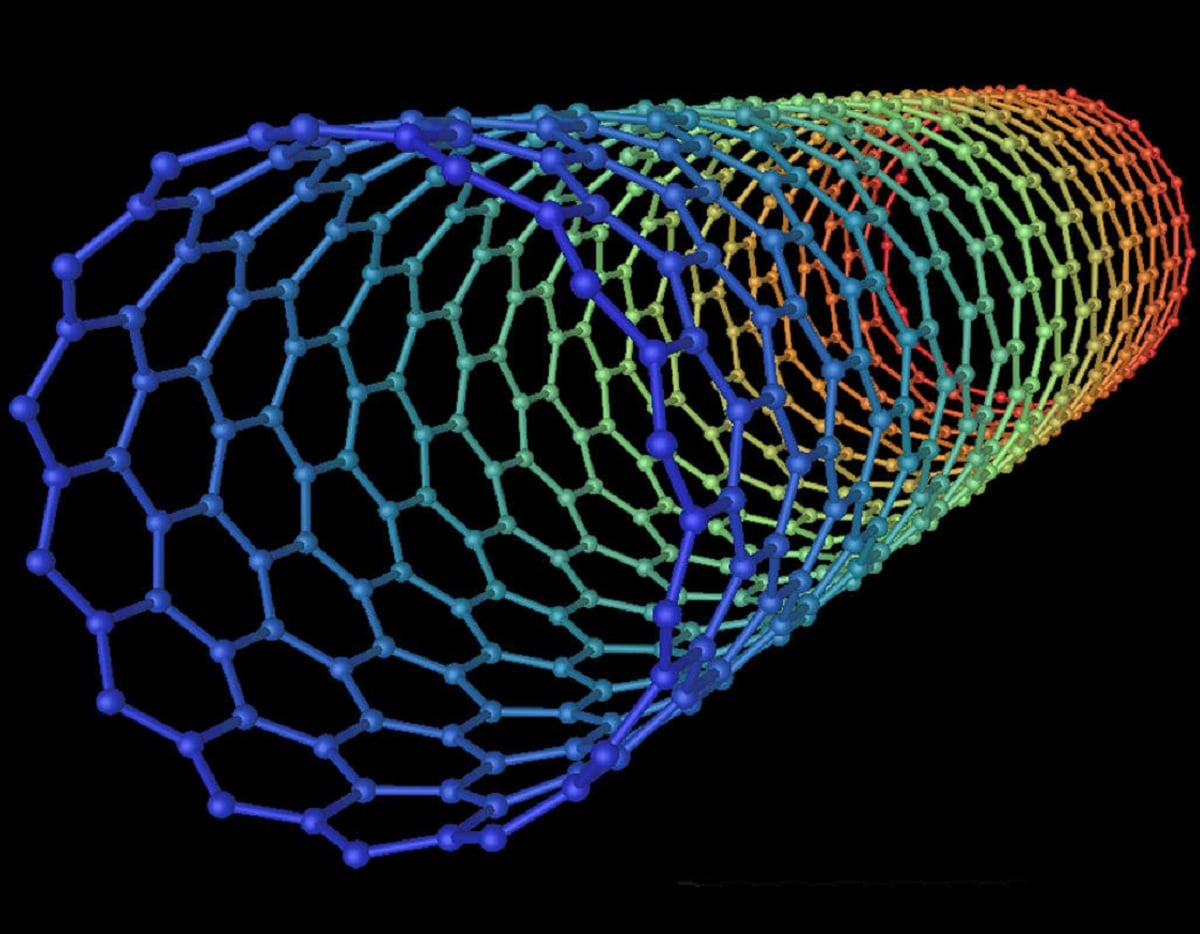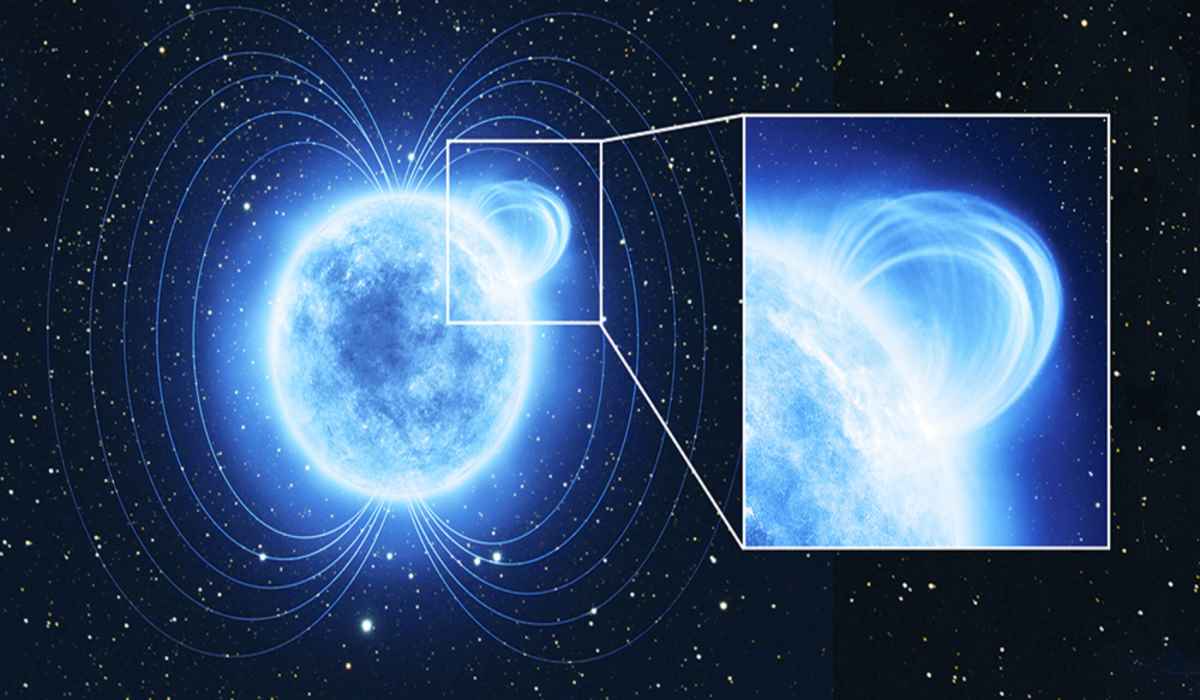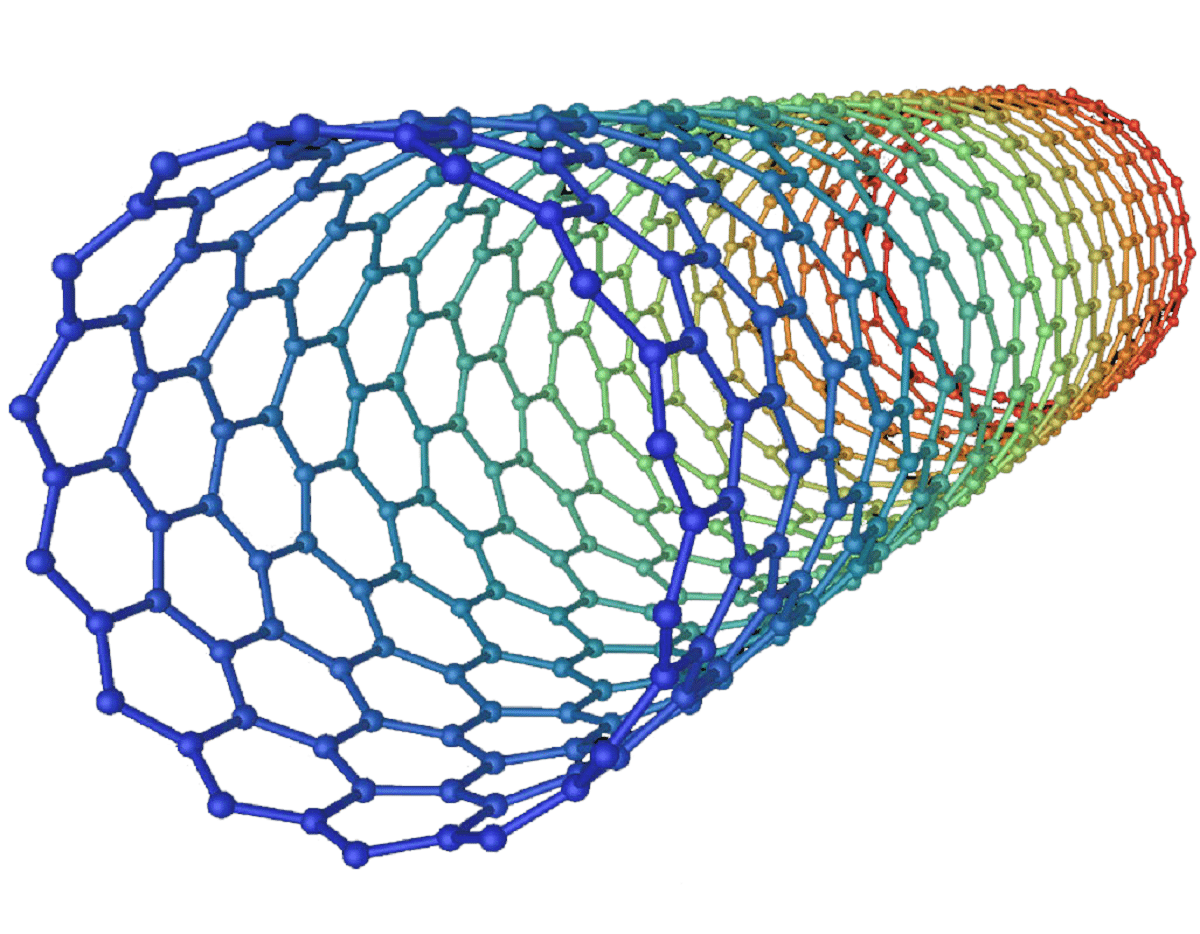
Today we are going to talk about a molecular structure that is used in the world of physics and that has great applications. It is about the fullerenes. And it is the third most stable molecular structure of carbon known today. It can take a spherical, elliptical, tube or ring shape. It was discovered almost accidentally in 1985.
In this article we are going to tell you about all the characteristics, discovery and applications of fullerenes.
Key features

Fullerenes were discovered by scientists Harold Kroto, Robert Curl and Richard Smalley in 1985 in the US They are almost accidental discovery but made it possible for them to receive the Nobel Prize in Chemistry in 1996. The patent was filed in 1990 and subsequently published. These are new structures very stable carbon molecules. In fact, they are known as the third most stable known molecular form of carbon after diamond and graphite.
Fullerenes evolved as a result of an experiment that was carried out with carbon molecules. The patent that has been created refers to the first method to produce quantities of the substance has gone to discovery of the substance itself. What was tried to patent was the way to create in large quantities in fullerene in order to profit from it.
In that year various experiments were carried out. At Rice University in Houston, Harold Kroto of the University of Southampton and Richard Smalley and Robert Curl of Rice, carried out an experiment which was based on trying to simulate all the conditions in which they occur near the surface of a star . The objective of this experiment was to know how large molecules are formed in space. To do this, they fired an intense laser beam on a carbon surface in the presence of helium gas. Initially it was tested with hydrogen and nitrogen but finally only with nitrogen.
Once the laser beam was mixed on the carbon surface in the presence of helium, it was possible to observe how the gaseous carbon combined with the helium to form clusters. The gas had to be cooled to near absolute zero in order to perform a spectral analysis of the clusters. They turned out to be C60, which means that there are 60 carbon atoms in a single molecule. At that time, scientists had not seen anything like it. And it is that it is a spherical structure reminiscent of Buckminster Fuller's geodesic vault, hence the name fullerenes.
Applications of fullerenes

Since they are unable to recreate fullerene on a computer, they had to resort to paper, scissors, and tape. This is how this compound is baptized as fullerenes. We know that carbon atoms they combine with each other and can join together to form long polymer chains. These polymers are frequently used in products such as plastic cups and bottles.
One of the strangest properties of fullerenes is that some of them have electrons from the atoms that are de-localized. It can be said that the behavior of these electrons is as if they did not realize that they are part of the carbon structure. This means that with this type of behavior, it is possible to add other atoms more easily to build superconductors or insulators. After creating the patent, many reports were written about fullerenes and the possibilities it offered.
Although these compounds are still fairly new, scientists come up with different ideas that seem to alternate the structure of fullerenes to form fine hollow fibers that possess 200 times the tensile strength of steel. It seems that one of the uses of fullerene is to form tiny tweezers to collect groups of molecules or containers that serve to carry tiny amounts of drugs or shields against radioactivity. It can also be converted into cages that serve to contain some molecules that allow others of smaller size to pass through. If other types of atoms are added, particular qualities can be obtained, such as measuring electrical resistance.
Properties of fullerenes

These are hollow structures that can be formed in nature as a result of fires or lightning. If we analyze them physically, we see that they are in the form of yellow powder. Its scientific sign is C60 and refers to the number of carbon atoms in the same molecule. They are capable of deforming but returned to their original shape when the pressure to which they are subjected begins to decrease.
The advantage of fullerenes and the need for patenting is that they are very resistant. And it is that in order to destroy these particles, temperatures greater than 1000 degrees are needed. These temperatures are not easily achievable on a daily basis. By having a closed and symmetrical shape, it provides great resistance to pressure. It is capable of withstanding pressures of 3000 atmospheres.
Among the properties of fullerenes we see their lubricating properties. The lubricating capacity is given by the weak intermolecular forces. Its molecules can condense to form a solid with more stable and weaker bonds. This solid is known by the name of fullerite. If we expose fullerene to very low temperatures we see that they are capable of sublimation without losing the spheres. Its molecules are very electronegative and form bonds with atoms that donate electrons.
We can conclude that fullerenes are new materials that generate highly correlated systems two and that cause great interest in the scientific community. Especially this interest is focused from the point of view of superconductivity. Continuing constantly in all research on these materials can improve current technologies for producing useful materials for the future.
As you can see, in science, very interesting materials can be discovered as a result of errors or the pursuit of different objectives. I hope that with this information you can learn more about fullerenes and their characteristics.